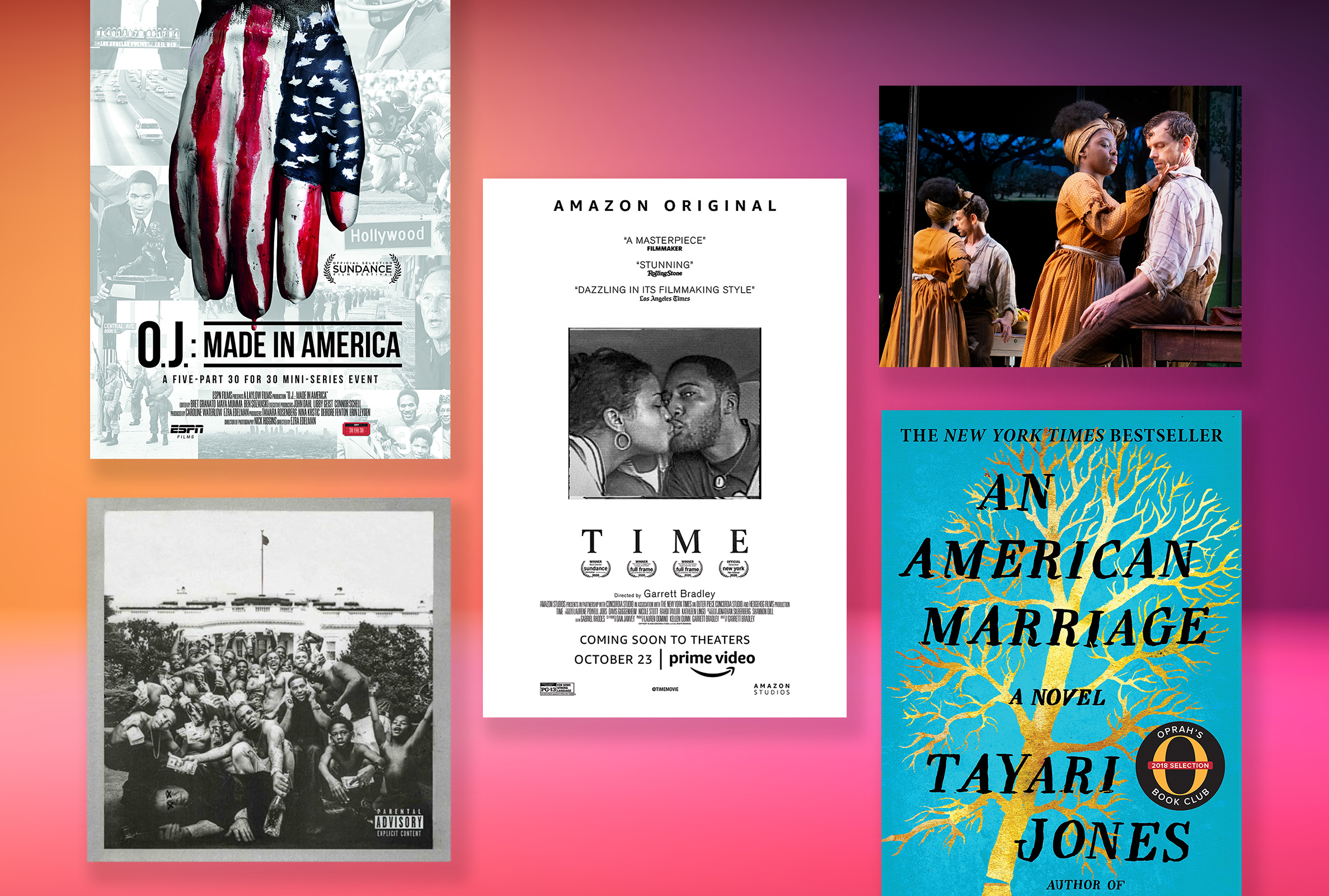
“I’m rooting for everybody Black.” So said Issa Rae on the red carpet at the 2017 Emmy Awards, capturing the electricity of a moment when “everybody Black” referred to quite a large group of ascendant voices—not only those up for awards that night, and not only those in Hollywood, but artists across the cultural landscape. While there has never been a shortage of Black artists making great work, the past six or so years have seen these creators claiming the spotlight like never before.
In fact, the hardest part of compiling this list of 25 works that have defined the current Black Renaissance was coming to terms with what had to be left out: vital films, series, albums, books, poetry collections, plays and works of fashion. For guidance, TIME assembled some of the era’s most influential figures—artists who have also become advocates, mentors and changemakers—to help curate the list. These luminaries across disciplines voted on hundreds of works to reach a compilation of original, ambitious art, from paintings that will live in perpetuity in the National Portrait Gallery to music that became the soundtrack to a movement; books about marriage and memory and TV series that are as weird as they are wise.
The works of this new canon are defined by their breadth and diversity—a movement of pop stars and public intellectuals, superheroes and screwups, horror and ecstasy, individuality and unity. Collectively, they are a trove of epochal masterpieces that have revolutionized their mediums and shaken the culture at large—and whose influence we have only just begun to see take hold.
THE PANEL
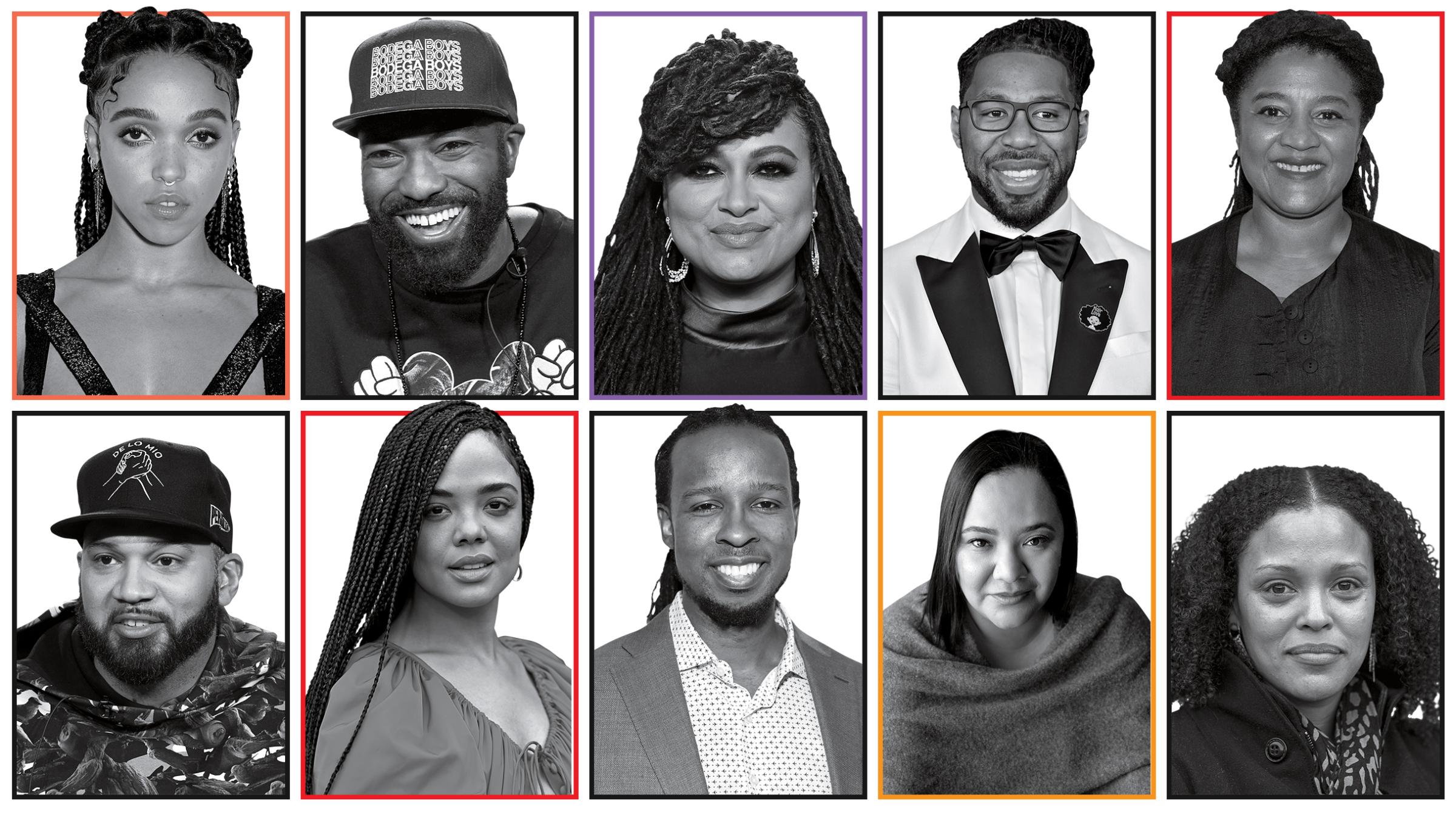
THE WORKS
“A Subtlety, or the Marvelous Sugar Baby,” Kara Walker
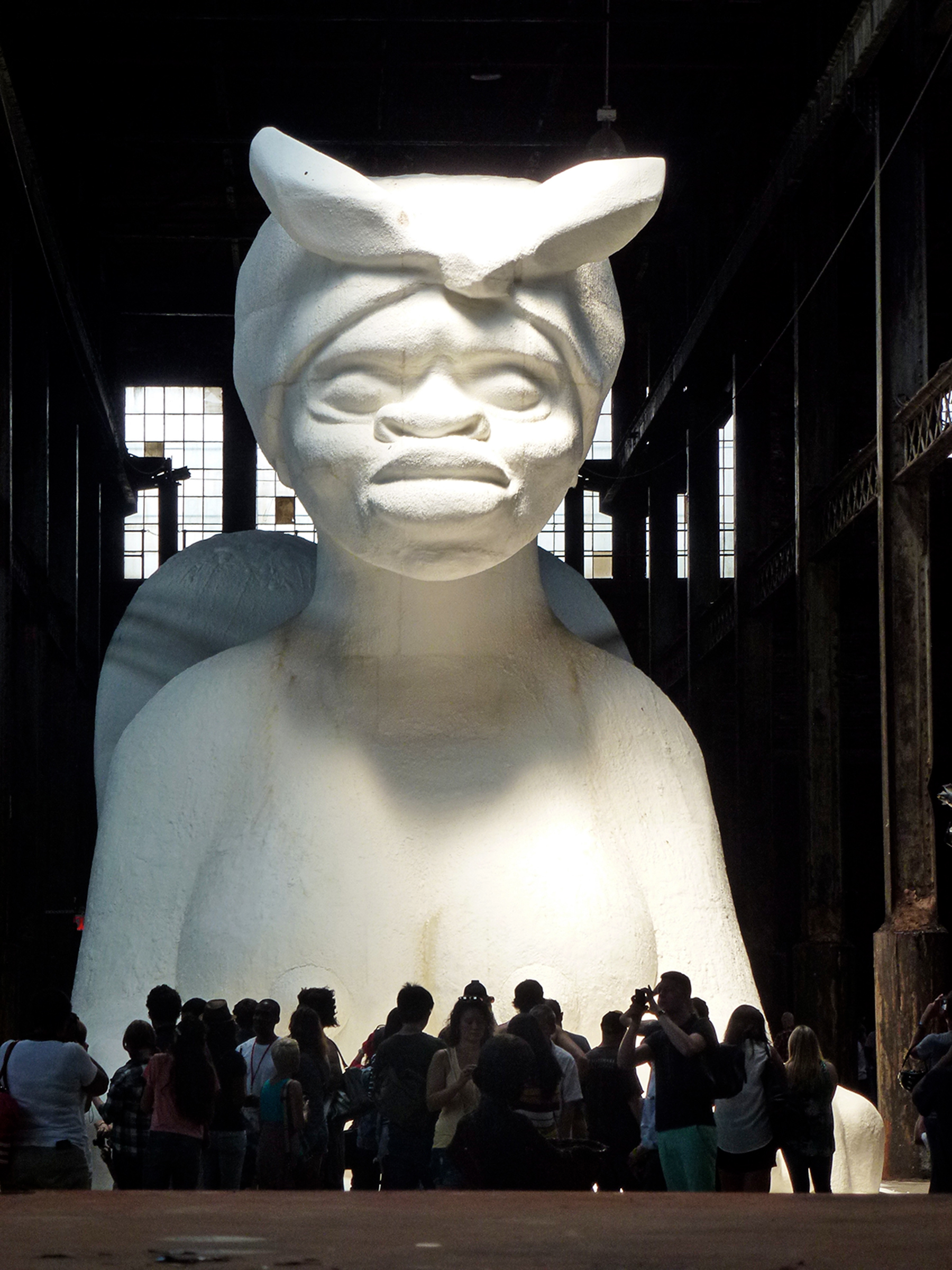
At first glance, A Subtlety looked like anything but. Like all of Kara Walker’s art, the 35-foot-tall sugar sphinx—installed in Brooklyn’s historic Domino Sugar Factory just before it was demolished to build luxury condos—confronted painful stereotypes by exaggerating them. With startlingly prominent sexual characteristics and a kerchief tied around its head that evoked the offensive mammy archetype, the nude figure memorialized the enslaved Black people who once harvested sugarcane, daring audiences to witness generations’ worth of humiliation and abuse. The project stirred controversy for offering crowds of white gentrifiers the spectacle of a giant, naked, hypersexualized Black woman’s body to violate with crude jokes and lewd selfies. But Walker was steps ahead of her critics. Predicting that the installation would attract bad behavior, she surveilled visitors via social media and video. In doing so, she expanded a work that reckoned with America’s original sin to make a potent argument that our shameful past is still with us.
An American Marriage, Tayari Jones
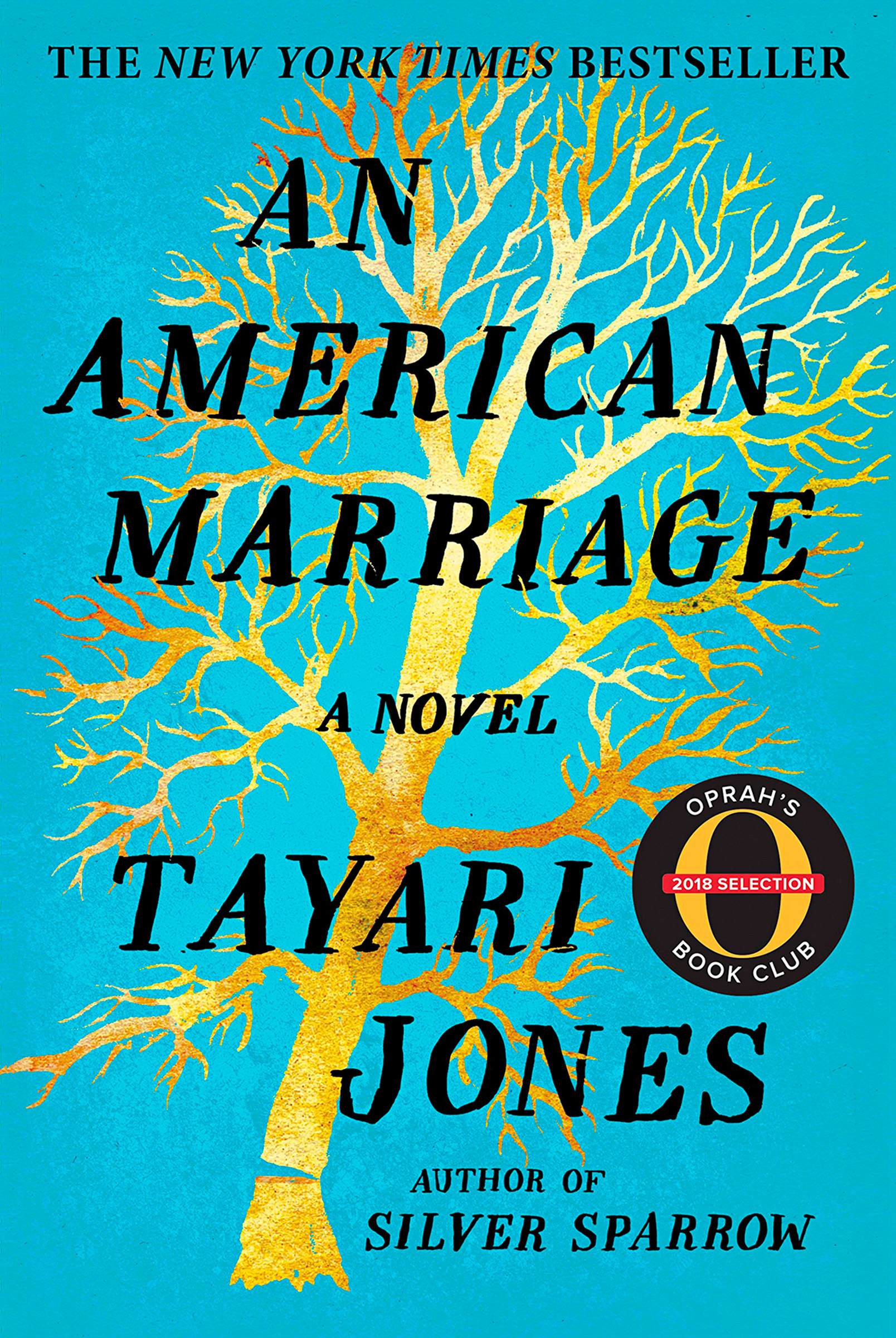
In her devastating dissection of a marriage, Tayari Jones reinvents the contemporary American love story. Her 2018 novel follows newlyweds Roy and Celestial, a young couple who are just beginning to build their life together when everything falls apart. After he’s accused of a crime Celestial knows he didn’t commit, Roy is sentenced to 12 years in prison. Five years later, his conviction is overturned and Roy’s ready to return to his life, but Celestial is already on to her next chapter. While Jones’ narrative is rooted in the tragedy of Roy’s wrongful imprisonment, it’s not centered on the American legal system. Jones, who studied race and criminal justice during a fellowship at Harvard, instead examines how her protagonists have to learn to navigate such turmoil. The result is a quiet and unnerving meditation on time as Jones reveals all that was lost in the years Roy and Celestial were forced to spend apart. The novel, a commercial and critical success that made President Barack Obama’s 2018 summer reading list, flips between the pair’s voices and includes letters they write to each other during and after Roy’s incarceration, revealing their innermost thoughts and worries. The breakdown of their relationship is illustrated in heartbreaking specificities.
Atlanta, Donald Glover
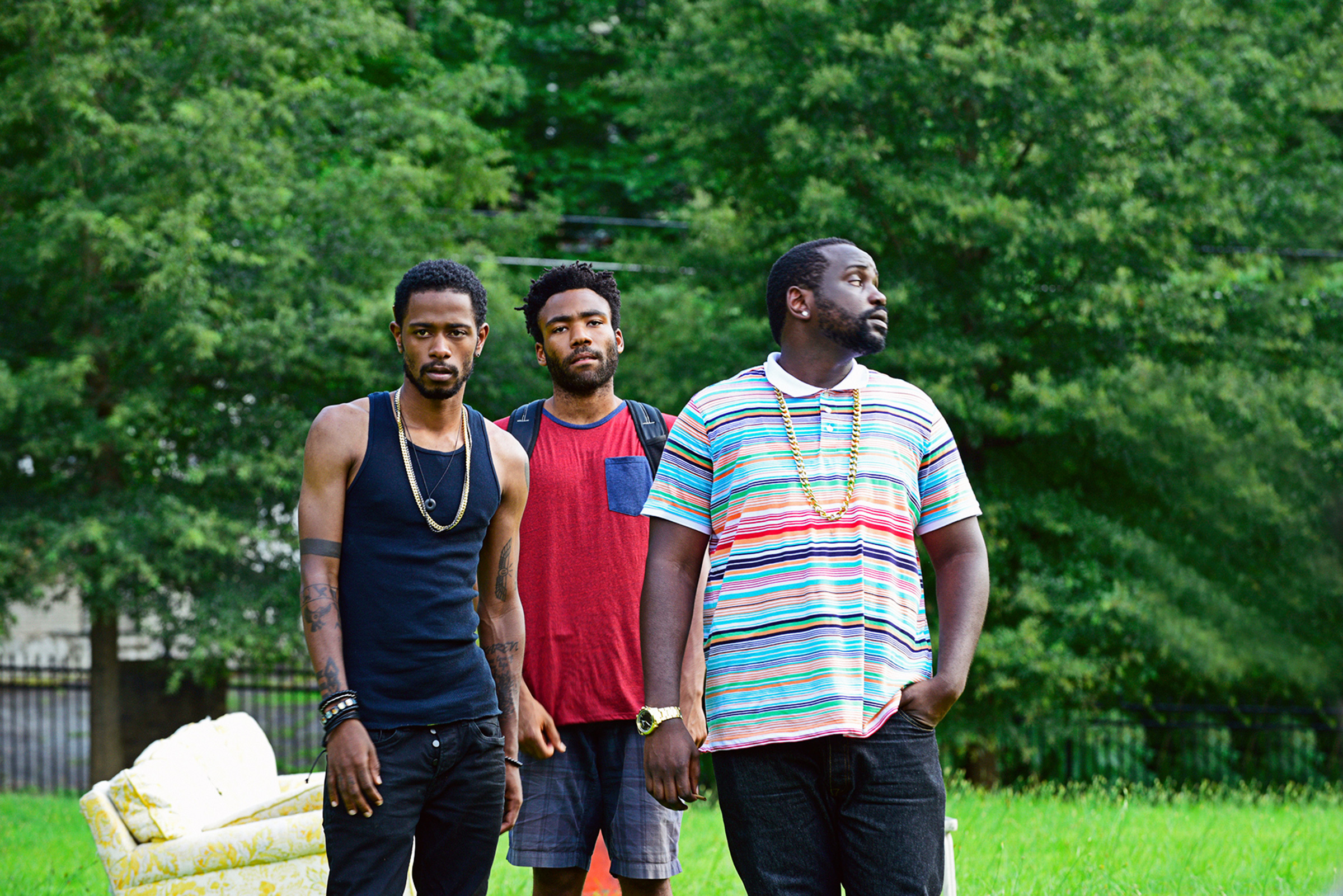
There aren’t many TV shows that you can switch on every week and encounter something wholly unexpected. Donald Glover’s wildly imaginative, generally hilarious and often profound FX series Atlanta is the exception. Casting Glover as a down-on-his-luck dad who dropped out of Princeton and is scrambling to reinvent himself as the manager of his rapper cousin Alfred, a.k.a. Paper Boi (Brian Tyree Henry), the show exists at the intersection of surrealism and harsh reality. One standout episode is a mini horror flick drawn from the cautionary tales of Black pop stars like Michael Jackson, while another offers the thought experiment: what if Justin Bieber were Black? Another haunting half-hour flashes back to a tragedy from the men’s childhoods, examining both the roles they’ve played in each other’s lives and the outsize importance of status symbols within Black culture. Along with giving free reign to one of the most innovative creators of our time, the show has brought richly deserved attention to co-stars Henry, Lakeith Stanfield and Zazie Beetz. And like another high-profile collaboration between Glover and Atlanta’s most frequent director, Hiro Murai—the provocative video for “This Is America” by Glover’s musician alter ego Childish Gambino—it conveys a deep, multifaceted understanding of race, violence, the entertainment industry and a nation in which those subjects have always been intertwined.
Between the World and Me, Ta-Nehisi Coates
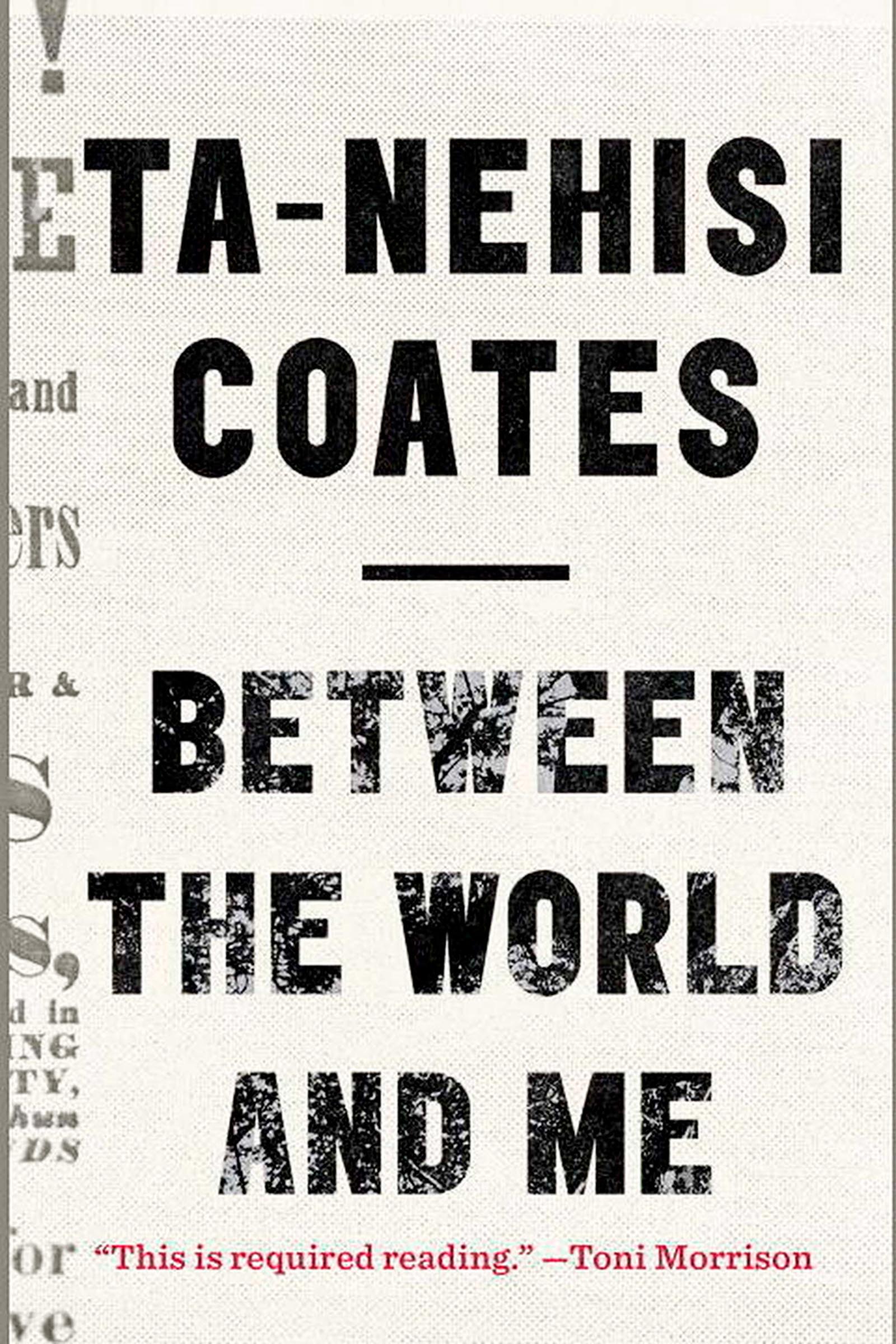
Journalist Ta-Nehisi Coates explores the realities of being a Black person in America in a potent work of nonfiction that blends memoir, reportage and history. The book, written as a letter to his 15-year-old son, was a 2015 National Book Award winner and 2016 Pulitzer Prize finalist, and declared “required reading” by Toni Morrison. In it, Coates attempts to make sense of a society where he feels he can never be free, mining his own past as well as that of the United States. Coates employs clear and urgent prose to ask challenging questions about what it means to inhabit a Black body in a country set on destroying it.
Black Panther, Ryan Coogler
Although Ryan Coogler’s 2018 Black Panther is technically part of the Marvel Cinematic Universe, it’s more apt to consider it a universe of its own. The late Chadwick Boseman stars as T’Challa, the noble king of an isolationist nation called Wakanda, a land of great scientific, economic and artistic riches. T’Challa has another guise, too: that of superhero Black Panther, a graceful and dazzling protector of justice. This performance is astonishing, reverberating with grace, warmth and grandeur; it’s painful to think that we’ve lost this superb actor for good. But it’s a consolation to know that Boseman’s spirit is forever embodied in Black Panther, and in the vision of Wakanda Coogler has so carefully crafted for us. This is a place—fictional but nevertheless symbolic— built by Black people, representing an Arcadia of achievement and unity. The look of the film alone—particularly Ruth E. Carter’s dynamic Afro-futuristic costumes and Hannah Beachler’s luminous production design—marks it as a work of bold originality, a detailed landscape of an ideal republic come to life. Wakanda seems so real that it’s hard to reckon with the fact that it doesn’t actually exist. But even so, it gives us something solid: a dream to walk toward, one that feels more achievable with every step.
Read TIME’s Cover Story on Black Panther
Citizen, Claudia Rankine
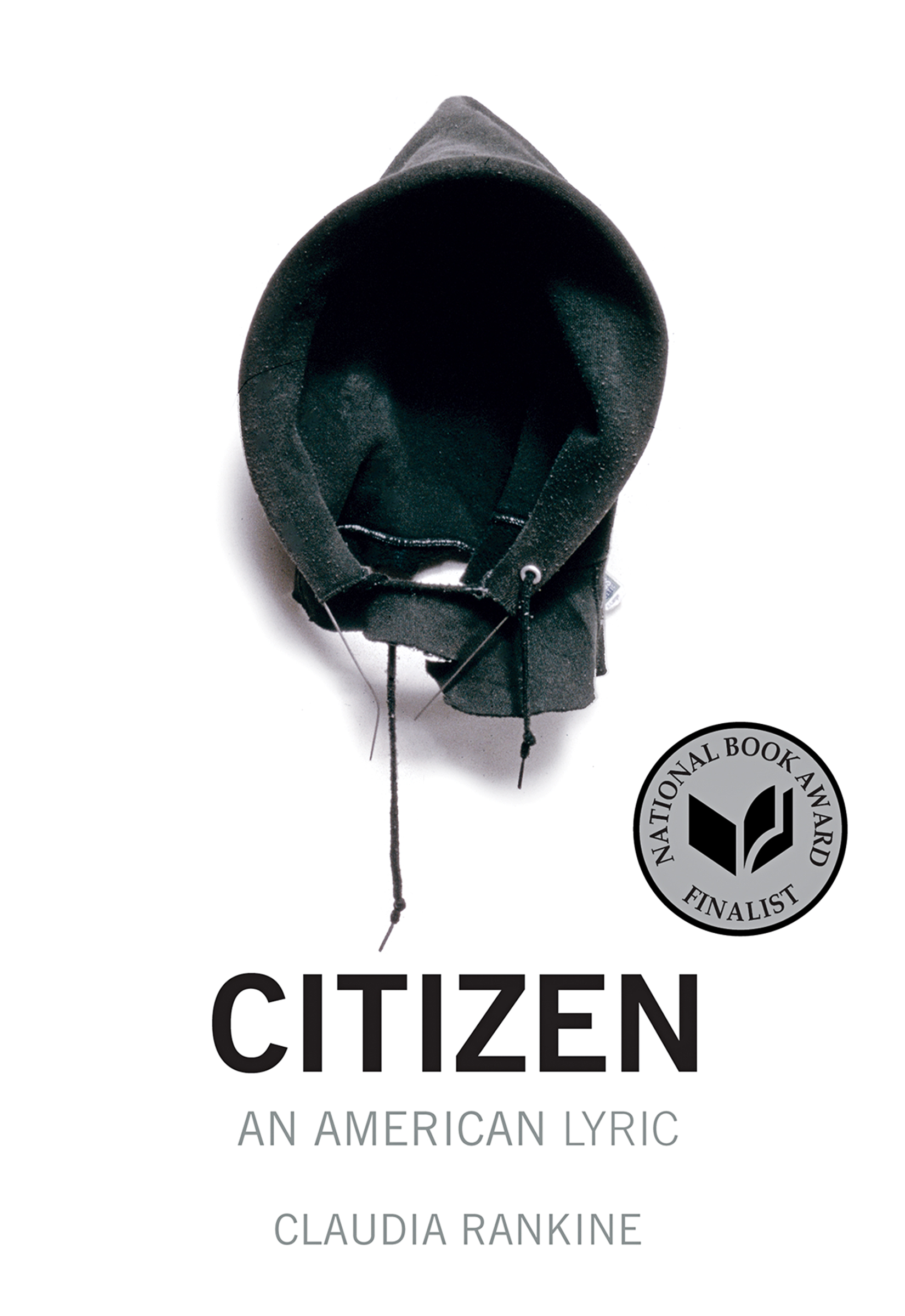
In some ways, Claudia Rankine’s 2014 book Citizen was written directly in response to a specific moment in time, in which Trayvon Martin, Eric Garner and Michael Brown had recently been killed by police or their neighbors. But in much larger ways, Citizen was written to the whole of the American past, in which anti-Black racism has pervaded in all parts of society. Through prose poems, monologues and photographs, Rankine documents evidence of institutionalized racism across police forces, academic institutions and sports, as seen in the vilification and muzzling of Serena Williams in tennis. And through phrases both clipped and overflowing, she conveys the everyday weight of oppression and the psychological toll of aggressions both macro and micro—of constantly being perceived as other or lesser. The book made Rankine a best-selling author, a National Book Award finalist and a MacArthur Fellow. Her enduring goal to dismantle white dominance feels more and more urgent with each passing year.
Ctrl, SZA
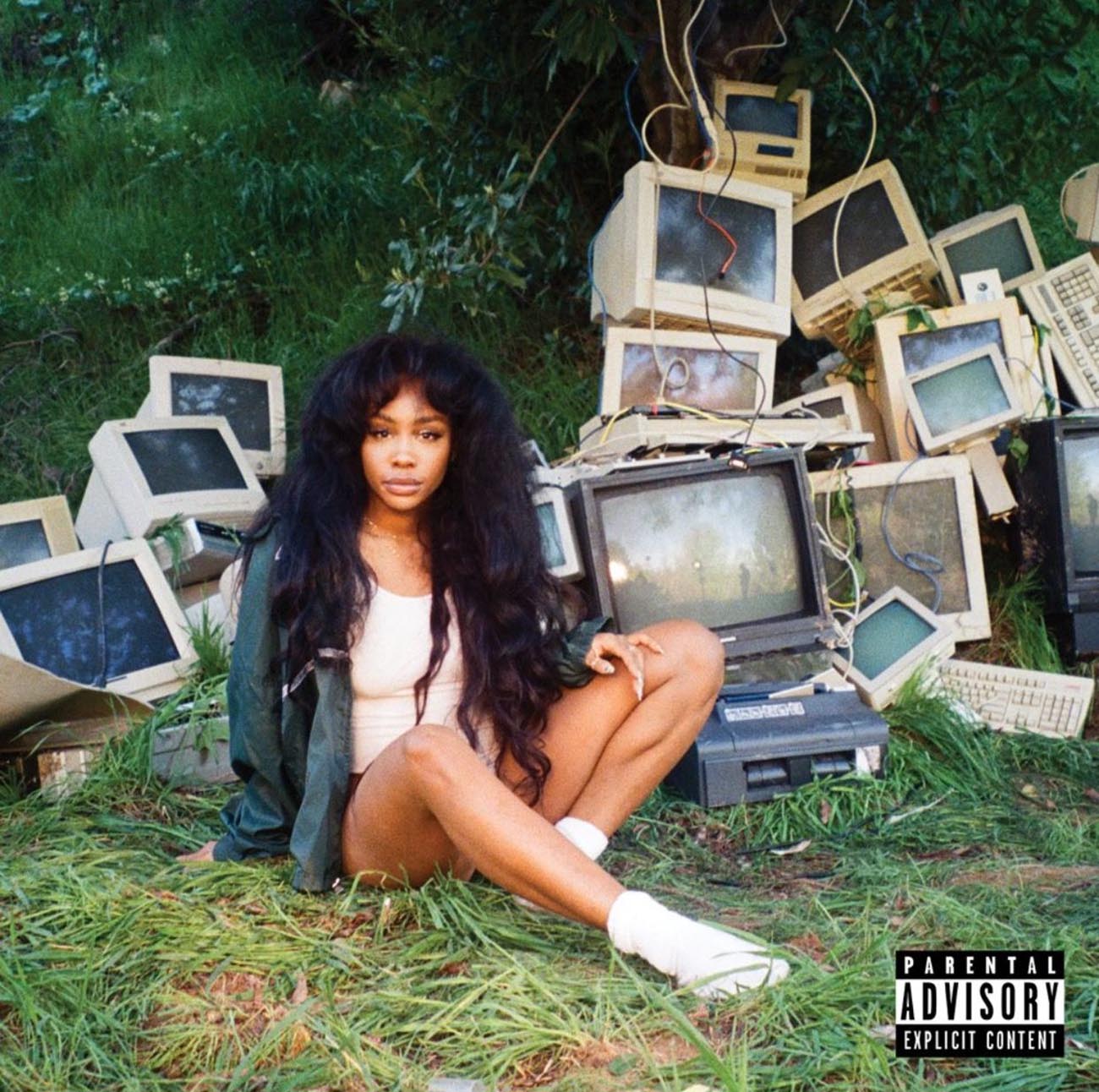
SZA almost didn’t release her debut studio album Ctrl. “I was so embarrassed; I thought no one would like it,” the R&B singer-songwriter confessed to TIME in 2017. But it was that wounded, spellbinding honesty that made Ctrl a landmark record for a young and anxious generation. On Ctrl, SZA stripped away the sheen and bravado of modern R&B conventions, instead fusing hip-hop, electronic and neosoul to tell stories of mental health struggles, sexual desire, misplaced aspirations and body insecurity. In her unflinching openness, she helped destigmatize conversations on those topics, and gave space particularly for young Black women to see themselves in ways that had been rarely reflected in mainstream culture. The album would set the tone for a new era of relentlessly honest R&B storytellers, including Summer Walker, H.E.R. and Jamila Woods, while songs like “Drew Barrymore” and “The Weekend” remain generational anthems.
Get Out, Jordan Peele
Jordan Peele’s 2017 directorial debut is one of the sharpest and most original horror movies of a generation. It’s unsettling and funny in equal measure, even as it wrestles with thorny questions about race in America. Chris (Daniel Kaluuya), a charming, accomplished photographer, goes with his girlfriend, Rose (Allison Williams), to meet her parents for the first time. Mom and dad (Catherine Keener and Bradley Whitford) are your standard, well-intentioned liberal white people, happy to welcome Chris into their home. But their avowed progressiveness has sinister underpinnings. Get Out is partly an allegory about the way white people have historically appropriated Black culture for their own profit, or at least for their own enjoyment. But more broadly, it’s an expression of the difficulties inherent in talking about racial divisions in America.
The Hate U Give, Angie Thomas
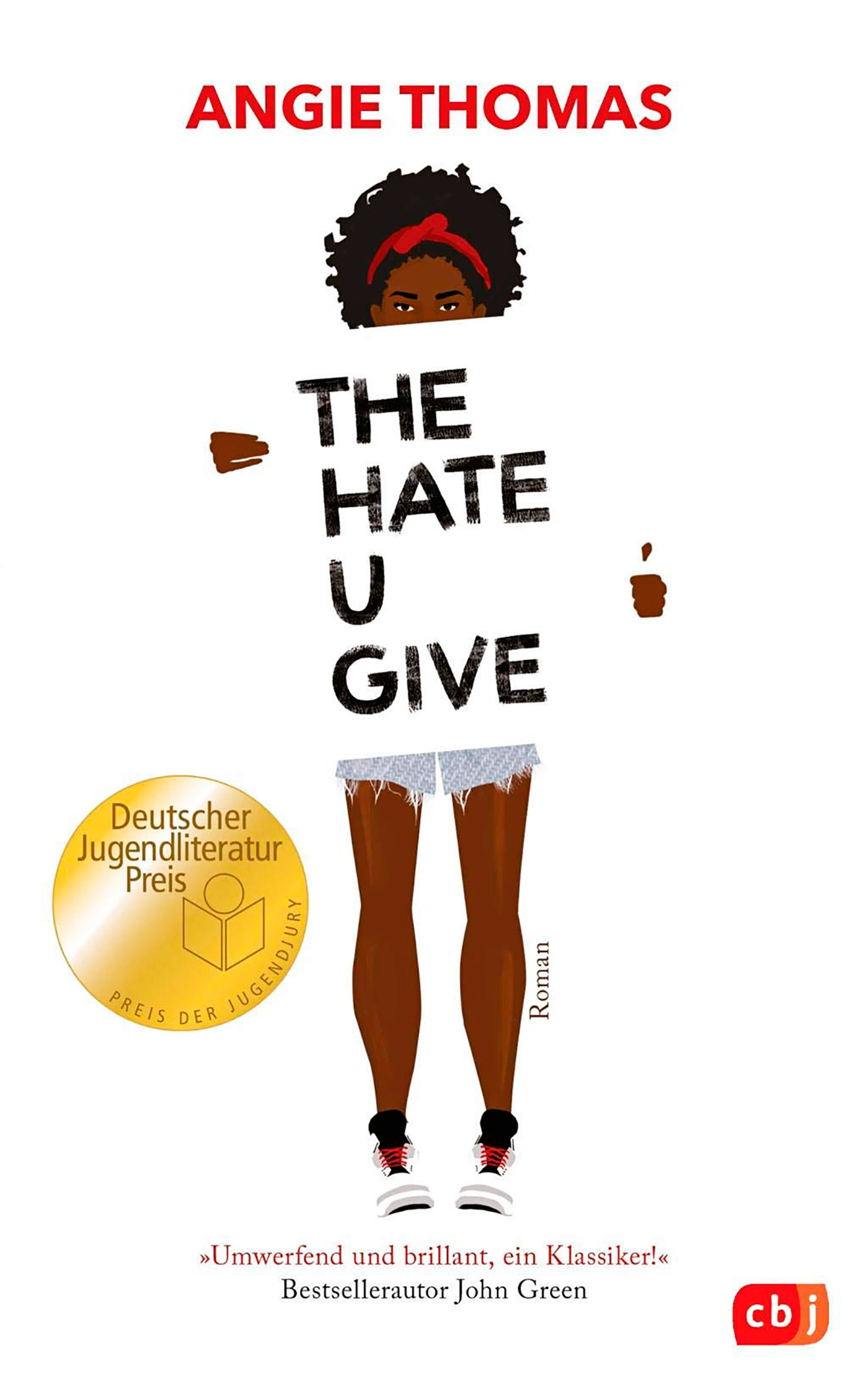
In The Hate U Give, Starr Carter is a 16-year-old living in the predominantly Black fictional neighborhood of Garden Heights while attending an overwhelmingly white prep school. Her delicate existence moving between two very different worlds is completely undone when she witnesses a police officer fatally shoot her childhood best friend Khalil. In the aftermath of his death, protestors are out on the street, Khalil’s name is in the news and everyone seems to have an opinion on what really happened that night. Only Starr holds the real answer. Author Angie Thomas wrote The Hate U Give, her 2017 debut young adult novel, as a response to the Black Lives Matter movement. Thirteen publishing houses bid for the book, which debuted to instant success. It appeared on the New York Times bestseller list for over 200 weeks, was longlisted for a 2017 National Book Award and was adapted into a 2018 film starring Amandla Stenberg as Starr. Beneath all the accolades is a narrative feat which speaks to readers of all ages. In detailing her young protagonist’s ascent as an activist, Thomas creates a powerful narrative about police brutality.
Heavy, Kiese Laymon
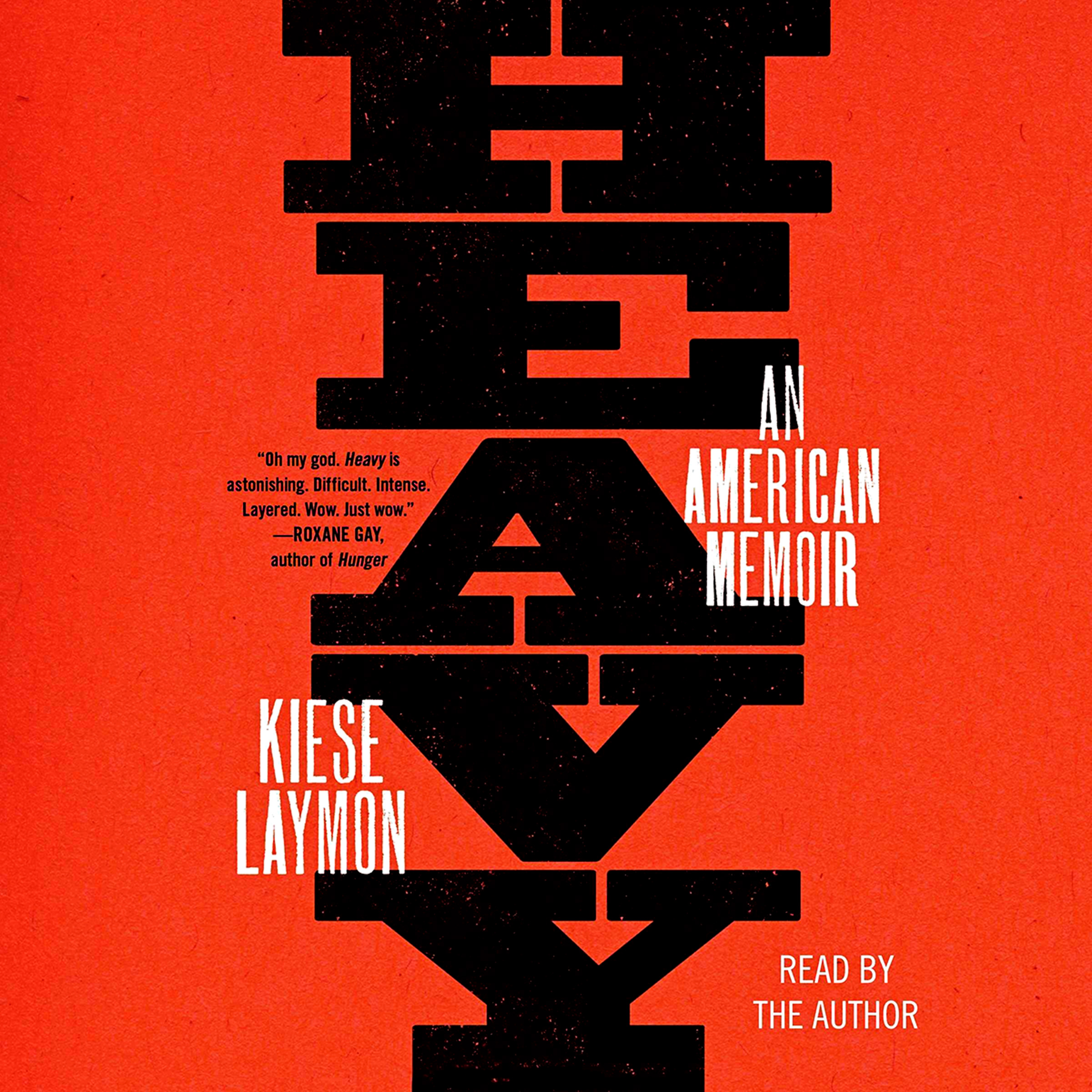
In his 2018 memoir Heavy, Kiese Laymon weighs the cost of loving honestly even when believing in longstanding lies holds a deeply familiar comfort. To examine this, Laymon turns an unflinching eye to the most loving but complex relationship in his life: the one he shares with his mother, a brilliant Black academic from whom Laymon learns every lesson, including heartache. In his relentless pursuit of the truth, Laymon excavates the many secrets they each kept from one other while living under the same roof—addictions and eating disorders, sexual abuse and theft, shame and lies. In facing these struggles head on, Laymon also considers the role that structural inequality and racial violence played in their generational trauma. The path to healing isn’t easy, but Laymon ultimately finds hope in the ability to give and receive love truthfully.
I May Destroy You, Michaela Coel
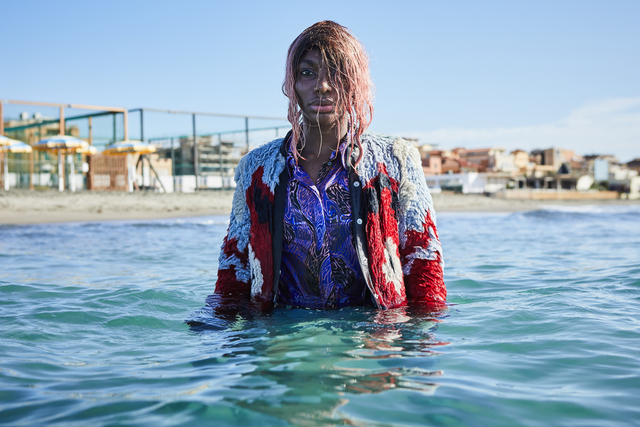
True to its title, I May Destroy You shot straight to the heart of 2020’s pandemic-stricken cultural conversation with its story of Arabella, a young writer in London who suddenly realizes she was drugged and raped in the course of a night out. While the #MeToo movement flooded popular entertainment with relatively sensitive depictions of sexual assault, multitalented British auteur Michaela Coel, who created and starred in this semiautobiographical HBO series, had no interest in retreading old ground. In 12 episodes that repurposed the fearless sense of humor that fueled her TV debut, Chewing Gum, Coel brought the full force of her incandescent intelligence to bear on an interrogation of how to exist as a sexual being— one who is also a Black, millennial woman artist— at this moment in time. Where other onscreen treatments of sexual violence have reduced survivors to their victimhood and shied away from exposing character flaws or even a minor lapse in judgment for fear of any perception of victim blaming, I May Destroy You embraces its protagonist’s complex humanity. Subplots involving Arabella’s friends introduce an array of realistic scenarios in which the boundaries of consent are blurred and complicated. As Arabella examines the way she’s constructed a narrative around her own life, the series raises thorny questions about identity, creativity, social media and how childhood experiences shape adult relationships. This is intersectional Black feminist art at its most ambitious.
Insecure, Issa Rae and Larry Wilmore
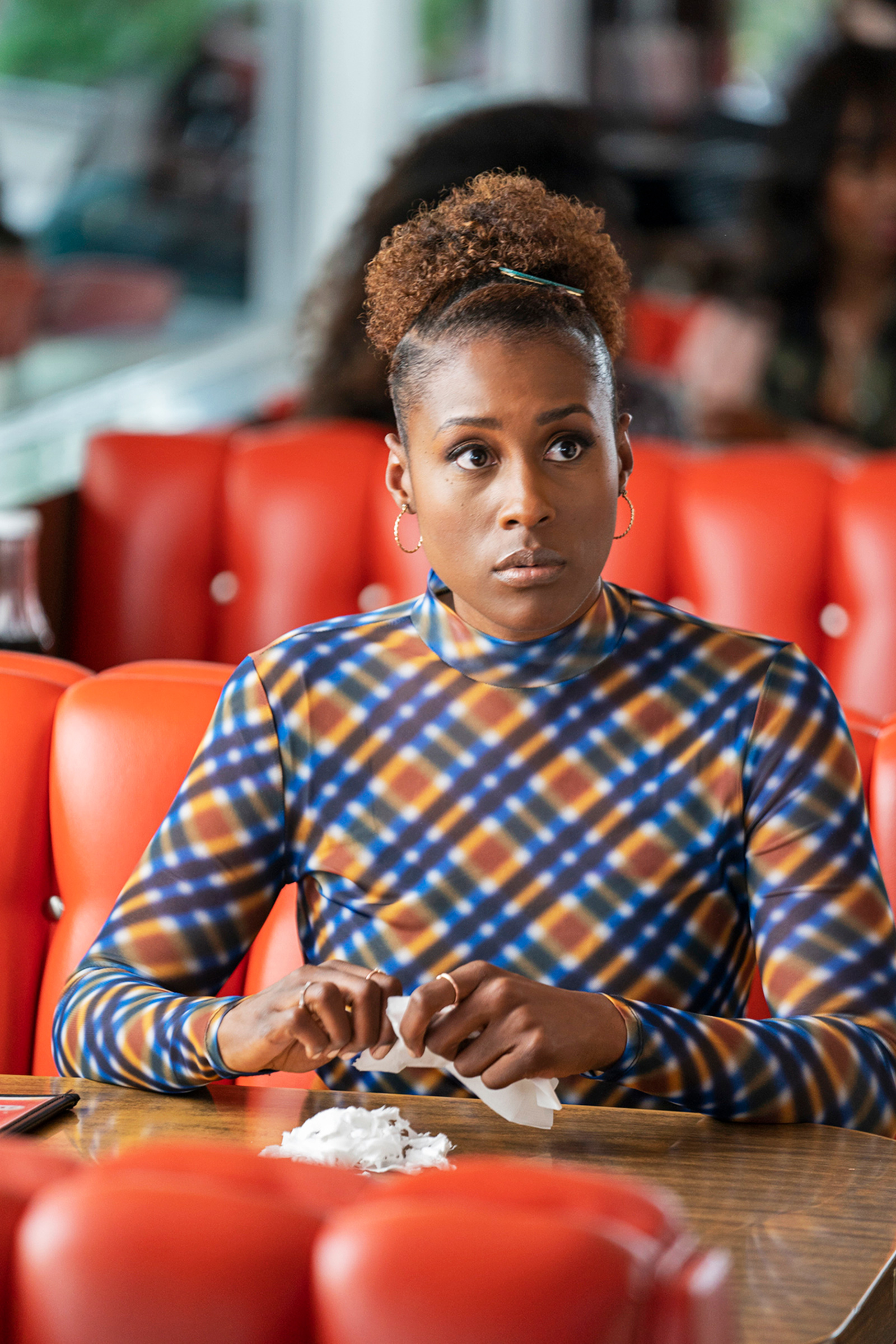
There is no such thing as a monolithic Black experience—and no one understands this better than Issa Rae. Specificity has been central to the writer, producer and actor’s work since she emerged on YouTube in 2011 with slice-of-life comedy The Mis-Adventures of Awkward Black Girl. Her sensibility has found its greatest expression to date in HBO’s Insecure, which she created and stars in as Issa Dee, a self-sabotaging Angeleno whose big dreams have given way to a stagnating career and relationship. Issa’s best friend Molly (Yvonne Orji) has different problems: a successful lawyer, she’s unlucky in love and tokenized at work. Insecure is a show about Black female friendship, Black romance and building a life for oneself while Black. What makes it extraordinary is Rae and her cast’s creation of intricately wrought characters who resonate as individuals, even as they navigate a world that doesn’t always perceive them as such.
Lemonade, Beyoncé
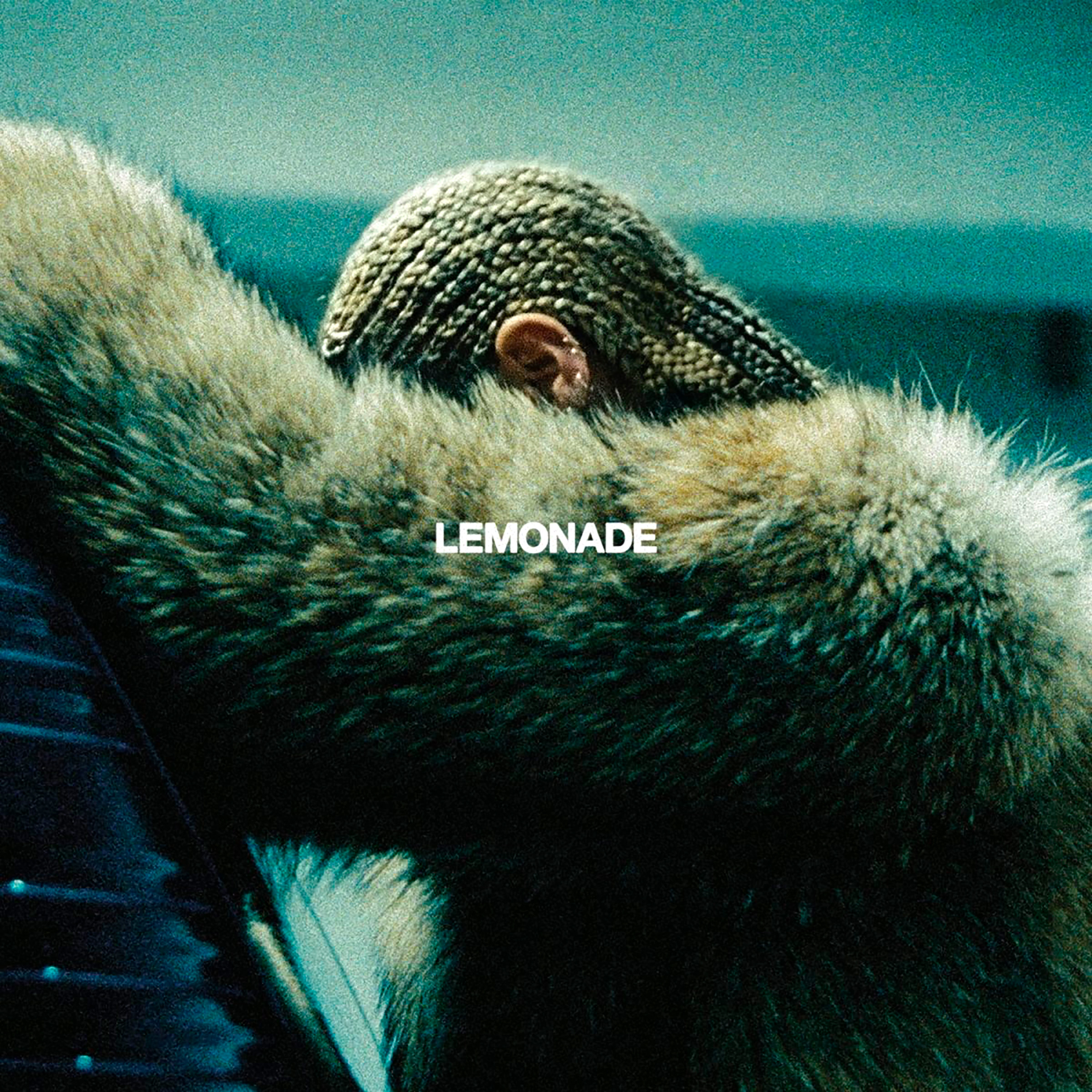
A maelstrom of rumors swirled around Beyoncé in the first half of 2016: that she was anti-police; that she had stolen footage from other artists for her “Formation” video; that her marriage with Jay-Z was on the rocks. But on April 23, Beyoncé absorbed all of the chaos and became the hurricane. Few who were watching the debut of her visual album Lemonade can forget seeing her emerge floating atop a flash flood, like a modern-day Cavalli-clad Venus, and proceed to smash the living daylights out of one car window after another. Thanks to that scene and others, many read Lemonade as a revenge project. But it was so much more: a clever blend of autobiography and myth; an hourlong audiovisual experiment that conjured sumptuous imagery out of both real American tragedy and the glorious Black imaginary; and a hero’s arc spanning infidelity, depression, bargaining and self-actualization. To add richness and texture, Beyoncé called on a phalanx of voices from across the decades and the diaspora, including the young British poet Warsan Shire, the Nigerian-born artist Laolu Senbanjo and Malcolm X. And she placed Black women from the South like herself at the heart of the story, showing their perseverance in the face of marginalization. Lemonade ends with “Formation,” which she had performed at the Super Bowl. It drew the ire of many who didn’t want to be confronted with the idea of white supremacy while watching football. The performance and video served as a rejoinder to other pop stars who might have been wary of wielding their platforms for political purposes. After “Formation” and Lemonade, it was no longer an option to just shut up and sing.
Moonlight, Barry Jenkins
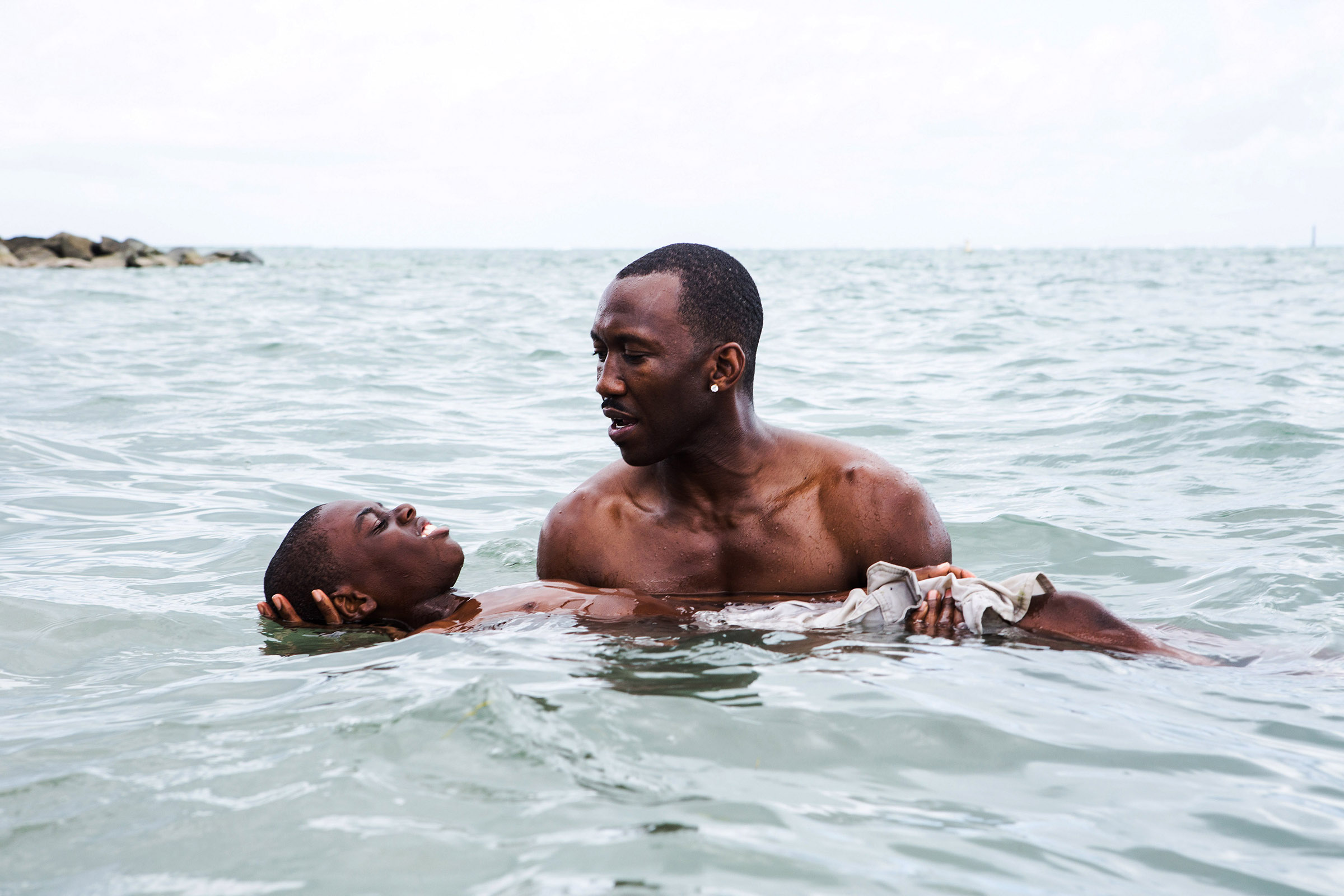
Barry Jenkins’ 2016 Moonlight is a potent coming-of-age movie and a tender love story, adapted from a play by Tarell Alvin McCraney and anchored by the uniformly superb performances of its cast, including Trevante Rhodes, Janelle Monáe and Mahershala Ali. The movie won three Oscars: one for Ali’s performance and one for Jenkins and McCraney’s adapted screenplay, as well as the award for Best Picture. But it’s notable for another reason: it is a celebration of the beauty of Black skin. As Jenkins told TIME, throughout cinema’s history, film emulsion has been largely calibrated for white skin. He wanted to do something different in Moonlight, which was partly influenced by his own experience growing up in Miami. In filmmaking, Jenkins has explained, “we’ve always placed powder on skin to dull the light. But my memory of growing up in Miami is this moist, beautiful Black skin. So we used oil. I wanted everyone’s skin to have a sheen to reflect my memory.” The result is a picture that’s both of its time and evocative of a shared history, a reflection of memory so vital that you feel you could reach out and touch it.
The Obama Portraits, Amy Sherald and Kehinde Wiley
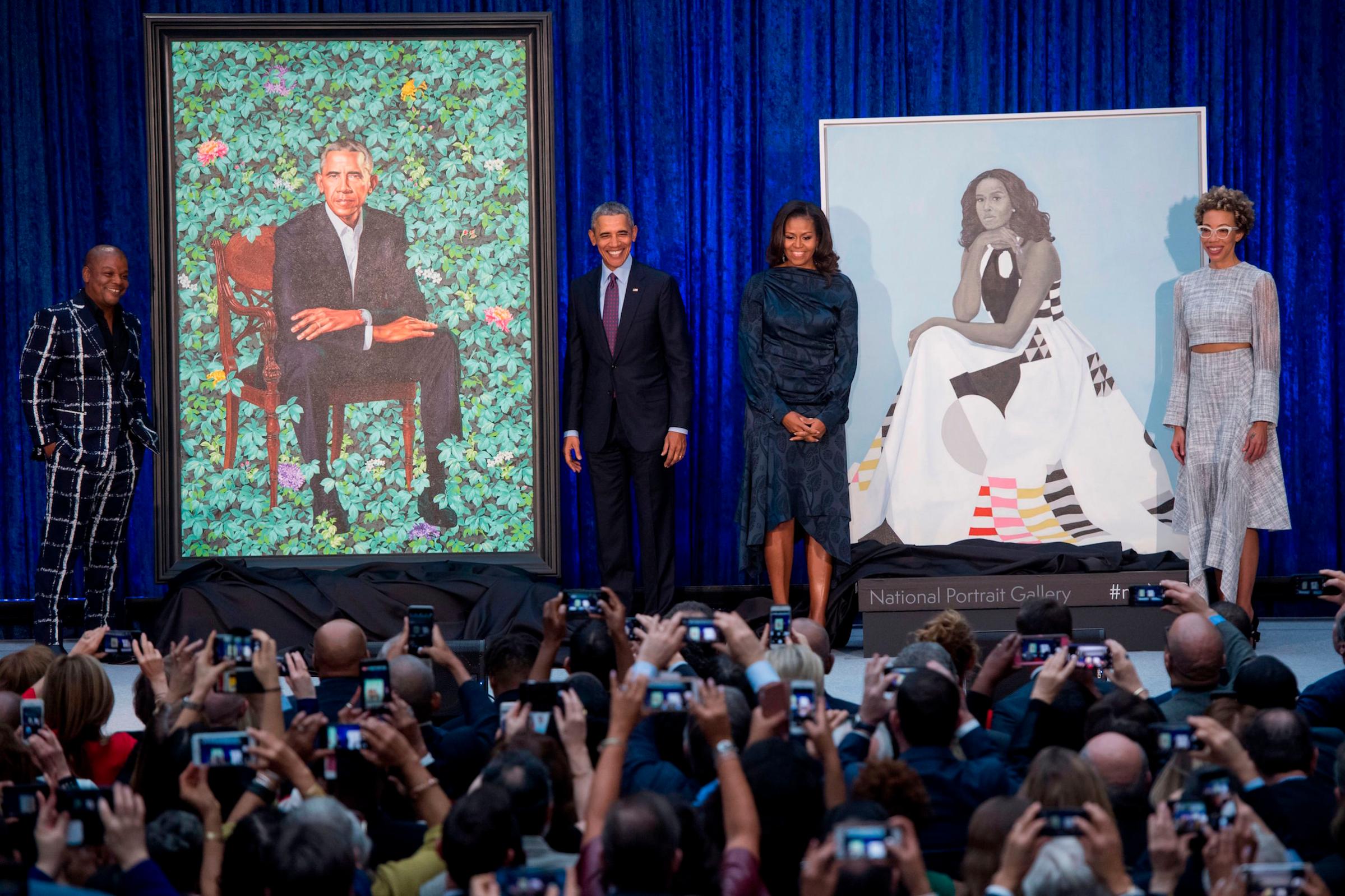
Since their unveiling in 2018, Kehinde Wiley’s portrait of former President Barack Obama and Amy Sherald’s portrait of former First Lady Michelle Obama have drawn more than 4 million people to make the pilgrimage to the National Portrait Gallery in Washington, D.C. The paintings are significant for what they represent: the first Black First Couple in the gallery, displayed beside portraits of slaveholders and rendered by the first Black artists given the official commission. But even without the weight of history, the portraits are remarkable. The President’s intensity—his brow furrowed as he leans off the edge of his seat—is softened only slightly by Wiley’s floral background, rife with symbolism: chrysanthemums for Chicago, jasmine for Hawaii, African lilies for Kenya. The First Lady, in elegant repose and pictured in Sherald’s signature gray scale, exists in and out of time and tradition, her dress influenced both by the quilts woven by the women of Gee’s Bend—an artist collective made up of the descendants of slaves in Alabama—and the crisp modernism of Piet Mondrian. The portraits became a social media sensation, with one viral photo capturing a toddler gazing up in awe at Sherald’s depiction of the First Lady. Since the two works were unveiled, Sherald and Wiley have shot to artistic stardom, and Black portraiture has only continued to explode in popularity.
O.J.: Made in America, Ezra Edelman
You might think taking nearly eight hours to tell the story of O.J. Simpson is roughly six hours too many. In fact, Ezra Edelman’s astonishing five-part film—which won the Oscar for Best Documentary Feature in 2017—is so rich in context and detail that it actually feels compact. Simpson’s astonishing grace as an athlete was matched by his swaggering personal charisma, a winning combination. But Edleman’s documentary puts our adoration of great sports figures like Simpson into a broader context, showing how our reverence for public figures can help shape their personas, for better or worse. O.J.: Made in America is the story of one adored star athlete and the murder trial that put an ugly spin on his fame. More significantly, O.J.: Made in America provides a wide-angle view of race relations in America by examining longstanding tensions in Los Angeles, intensified by the entrenched racism of its police force. The story Edelman tells is so complex, compelling and tragic that eight hours almost isn’t enough.
Pose, Ryan Murphy, Brad Falchuk, Steven Canals
An elaborate fusion of dance, drag, fashion and nightlife, ball culture emerged out of the Black and Latinx LGBTQ community in New York, where chosen families called “houses” compete and, more crucially, provide a support system for young queer men and trans women of color. But when the subculture burst into the mainstream, in the early 1990s, it was filtered through the white gaze: Madonna’s “Vogue,” Jennie Livingston’s film Paris Is Burning, high-end fashion marketing. Pose is different. Set in the ’80s ball scene, the FX drama counts megaproducer Ryan Murphy among its creators, but it’s a collaborative effort that foregrounds Black queer and trans storytellers such as co-creator Steven Canals; writer, director and executive producer Janet Mock; and real ballroom icons like choreographer Leiomy Maldonado. Pose has made a household name of Broadway stalwart Billy Porter and cast trans women actors including Indya Moore, Mj Rodriguez and Dominique Jackson in starring roles. While it tackles wrenching subjects with empathy, from appropriation and bigotry within the white gay community to sex work and the AIDS crisis, the show also revels in the glamorous fantasies made flesh on the dance floor. It has made ball culture pop culture again—but this time, on its own terms.
Savage x Fenty, Vol. 1, Rihanna
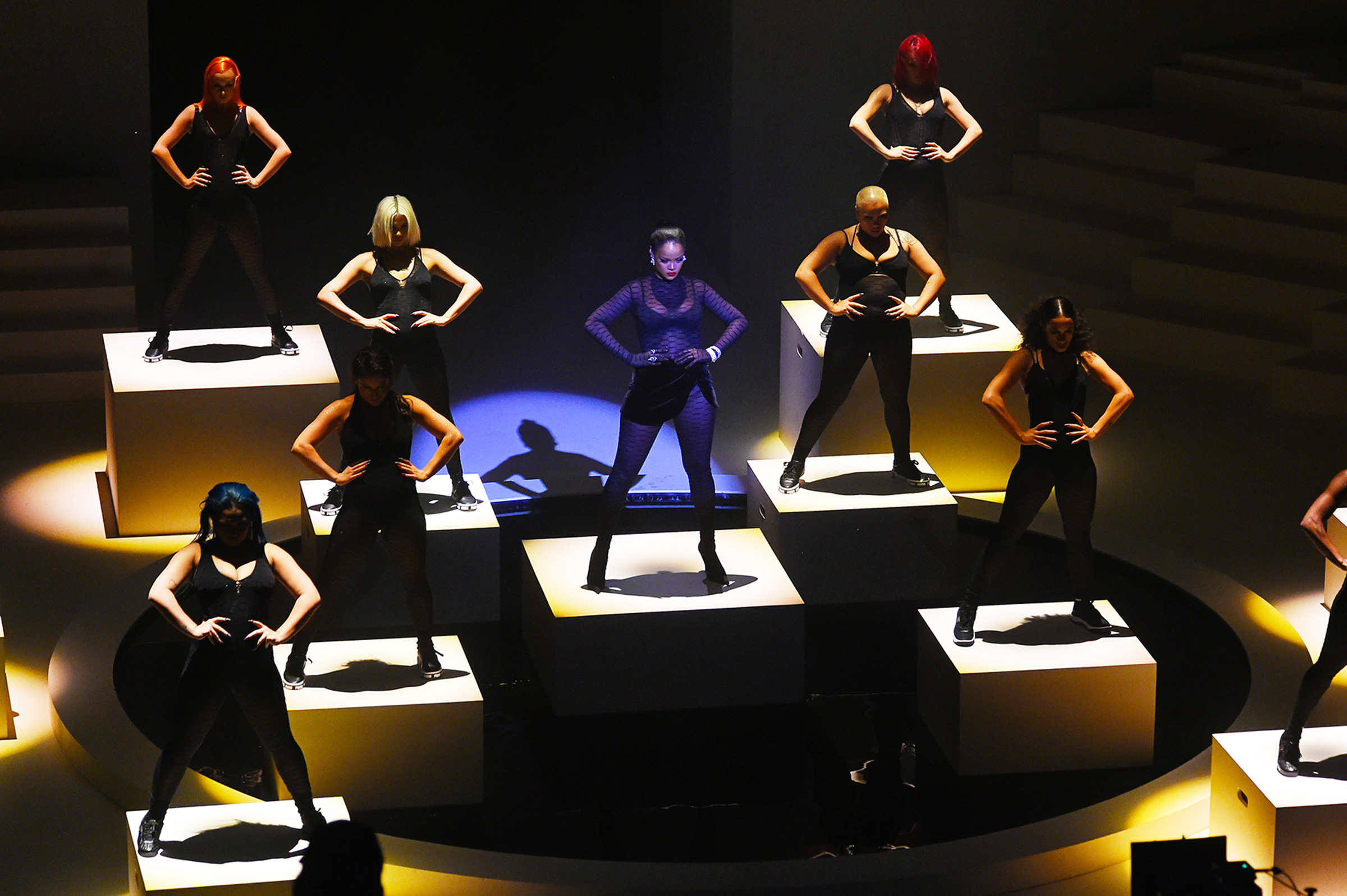
Rihanna’s status as a cultural icon only grew after she seamlessly adopted the role of fashion and beauty mogul. Her entrepreneurial ventures, which range from makeup to luxury goods—are characterized by her larger-than-life persona, but they’re made revolutionary by her commitment to inclusivity. The most outstanding example of this is her Savage x Fenty Show, Vol.1, a runway show for her lingerie brand that set a new standard for fashion presentations. Although the show boasted a bevy of high-profile appearances and musical performances, including a dance routine starring Ri herself, it was the groundbreaking casting that stood out. Rihanna’s empowering embrace of models of all shapes, sizes, genders and races served as a stark contrast to the beauty standards presented by other lingerie brands. The event was also made available to stream on Amazon Prime, making the body-positive celebration available on-demand.
A Seat at the Table, Solange
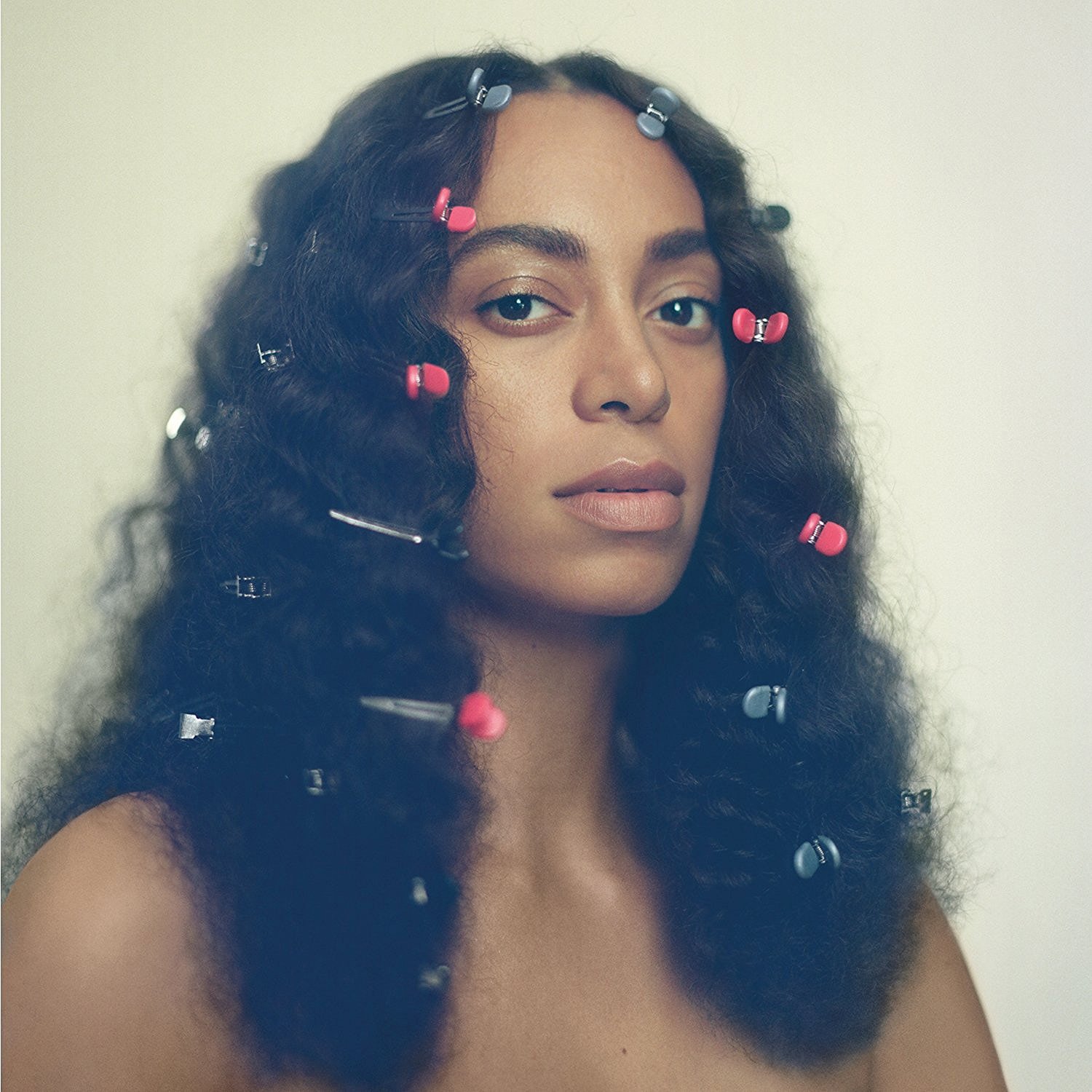
On Solange’s third studio album, 2016’s A Seat at the Table, the singer makes it abundantly clear that she knows who she is and for whom she is making art. On the aptly titled “F.U.B.U.,” the refrain she sings is simple and direct: “This sh-t is for us.” It’s a serene affirmation of Black identity and art. Themes of ownership are threaded throughout the album, which honors the larger legacy of Black music, paying homage to genres like funk and soul. Solange makes use of poetic interludes to ruminate on her roots, including her father narrating his experience with school integration and her mother speaking about taking pride in her heritage. The album also poignantly bears witness to Solange’s personal growth; encased within soothing tones, these songs embody the pain, pleasure and joy of being a Black woman, all on Solange’s own terms.
Slave Play, Jeremy O. Harris
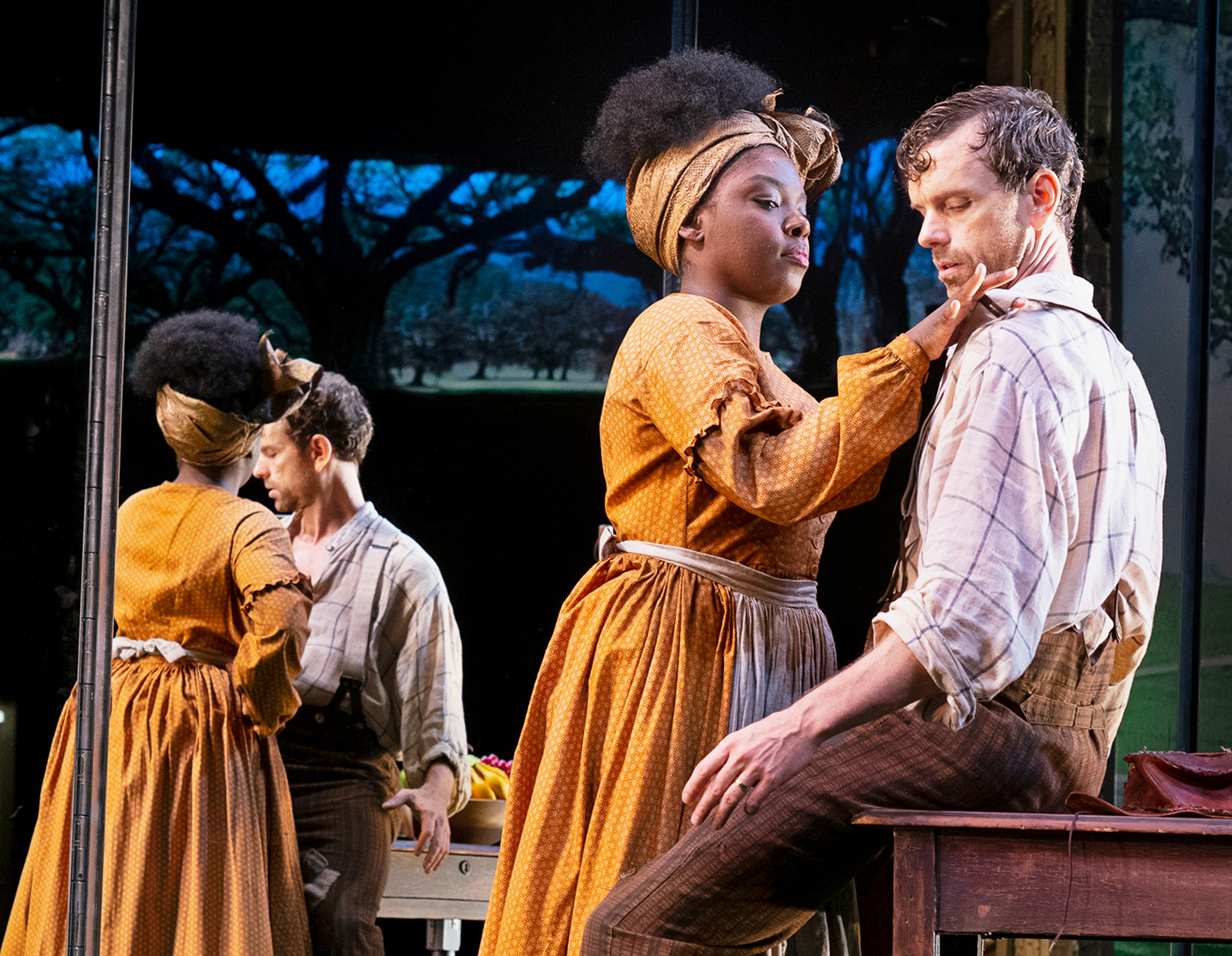
Playwright Jeremy O. Harris interrogates the intersection of race, history and sex in his Broadway debut Slave Play. In just two hours, Harris reckons with the legacy of slavery and its lingering effects on sex and power in the present through the story of three interracial couples. Slave Play begins at a plantation in the antebellum South, but it ends up in the most unexpected of spaces with a second-act twist that calls into question all that came before it. Nominated for 12 Tony Awards—making it the most Tony-nominated play in Broadway history—Slave Play is part fever dream, part psychological experiment and part immersive performance art. Harris creates an innovative and active theatergoing experience, probing provocative territory that takes shocking turns to investigate centuries of racial trauma in ways never before seen on the Broadway stage.
Sweat, Lynn Nottage
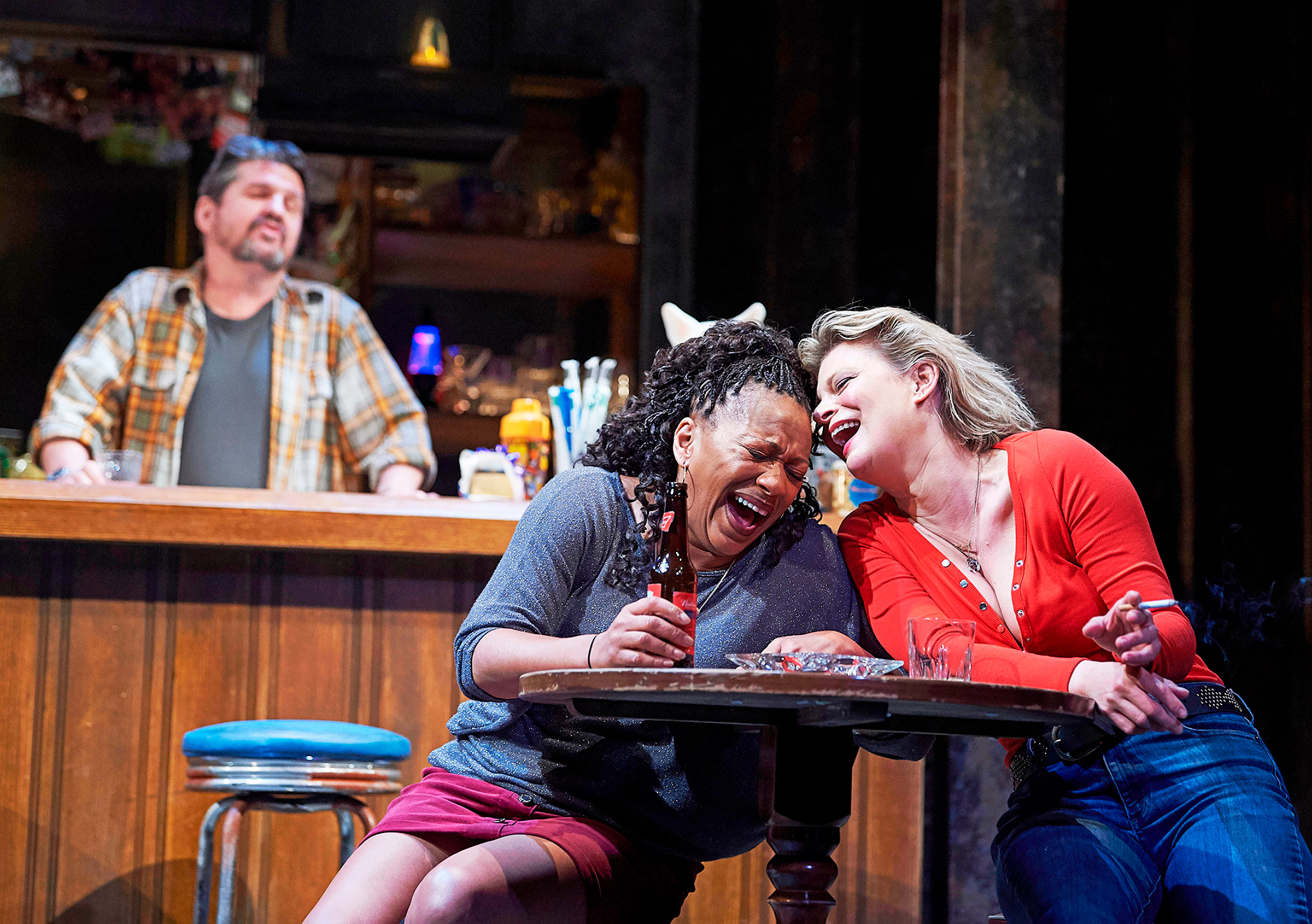
In 2011, playwright Lynn Nottage read a New York Times story about low-income and unemployed workers in Reading, Pa., which at the time was ranked the poorest city in America. The article helped inspire her Pulitzer Prize-winning play Sweat, which turned out to be an inadvertent work of prophecy: it presaged Donald Trump’s presidency, which was championed by many in the disenfranchised white working class. Sweat—first performed in 2015 at the Oregon Shakespeare Festival, eventually making its way to Broadway—follows a group of Reading factory workers who gather at a local bar to grouse about their day-to-day problems, especially their anxiety about keeping their jobs at a local steel-tubing plant. The play examines the political, socioeconomic and cultural roots of poverty in America, and how that poverty intensifies racial tensions. Yet it’s also a deeply human story, peopled with characters you come to care about—a cry of anguish for a fractured America
Read TIME’s Interview With Lynn Nottage About Sweat
Telfar Clemens Shopping Bag
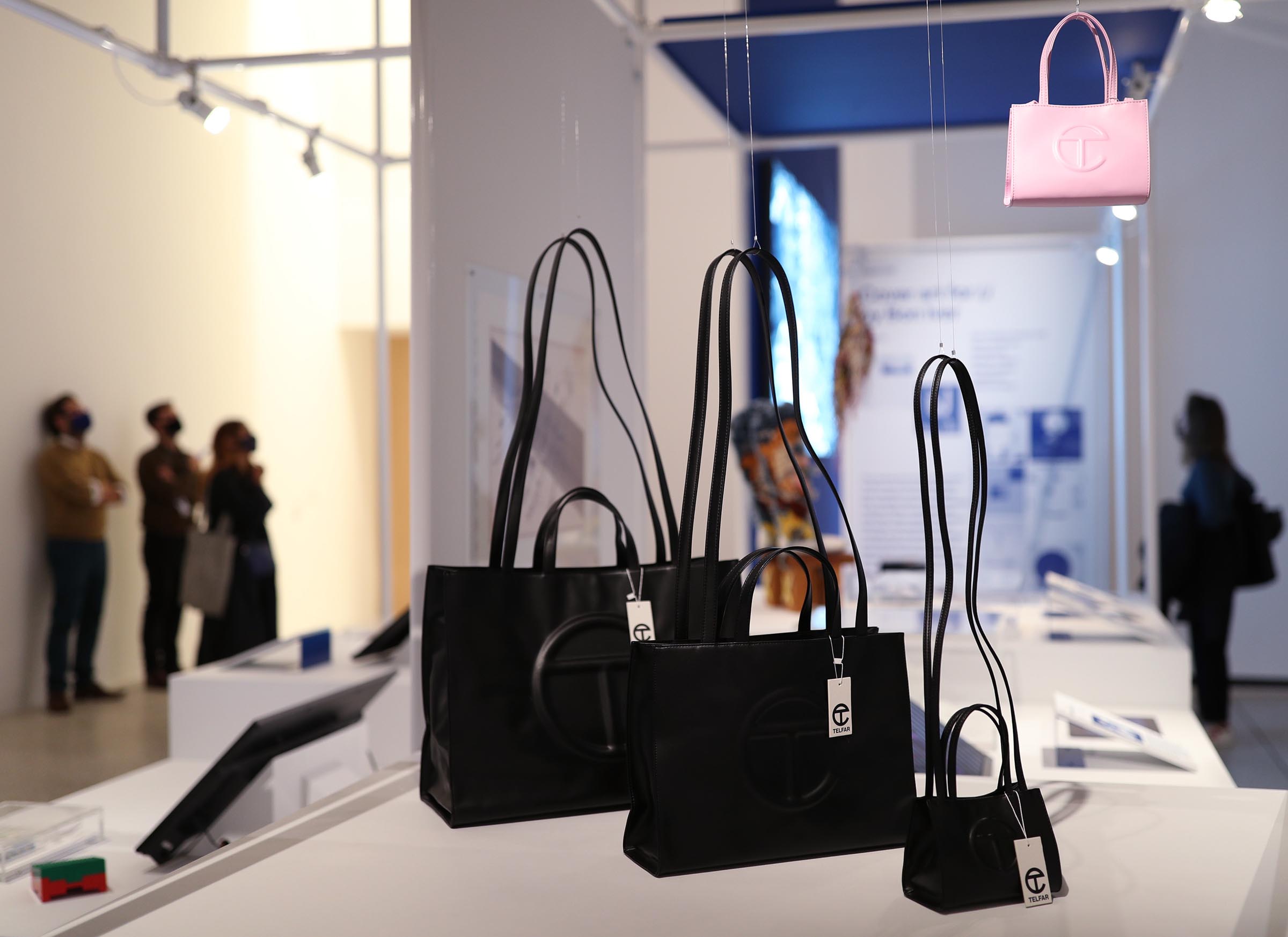
In 2014, Liberian-American designer Telfar Clemens introduced his signature shopping bag: a boxy vegan leather tote with top handles and long shoulder straps. With its affordable price tag and young, creative fanbase—playwright Jeremy O. Harris and Rep. Alexandria Ocasio-Cortez (D-NY) have been spotted wearing it—Clemons’ tote quickly became the fashion industry’s new “it” bag. The bag serves as the hero accessory for Clemens’ eponymous fashion line, which itself has garnered a cult following over the years for its inclusive, genderless design. Unlike the pricey Hermès bag from which it derives its playful nickname, the Telfar shopping bag doesn’t have a waitlist and retails between $150 and $257, an accessible price point that reinvents the idea of high fashion. Many luxury labels bank on exclusivity or hype to keep their products in demand, which often drives up prices on resale sites. So after Clemens’ bags sold out during the summer of 2020 and appeared at markups up to 75%, he introduced the brand’s “Bag Security” program: this direct-to-consumer project allows customers to pre-order or “secure” the bags of their choice in advance. It was a move that epitomized the Telfar motto, “not for you—for everyone,” but also confirmed the undeniable demand for the bag—one that shows no sign of slowing down, with new drops of the bag regularly selling out. In this, the bag is a predictor of a more inclusive future of fashion, a vision that like Telfar’s motto, is welcoming to everyone.
Time, Garrett Bradley
In her documentary Time, Garrett Bradley examines the long-term and deeply personal effects of the prison system by focusing on one family’s fight to be reunited with their loved one. The film centers on Sibil “Fox Rich” Richardson, and her 21-year campaign to free her husband Rob from a 60-year sentence in the Louisiana State Penitentiary, while raising their six sons by herself. The title becomes not only a reference to time served, but also to time lost: the tender intimacies of everyday life that Rob was deprived of, moments Fox faithfully captured as grainy home videos. This warm archive of family life juxtaposed against Bradley’s footage of Fox and her sons in the present day serves as a constant reminder about the cost of mass incarceration. And Bradley’s tight focus on Rob’s harsh sentence and its impact on his family challenges viewers to think about why they might be more concerned about the details of a crime than they are with the lived experience of the Richardson family. Bradley, who became the first Black woman to win Best Director for Documentary at Sundance for Time, asks us to consider the resilience and love of the Richardson family as much as we consider their loss.
Read TIME’s Interview With Garrett Bradley About Time
To Pimp a Butterfly, Kendrick Lamar
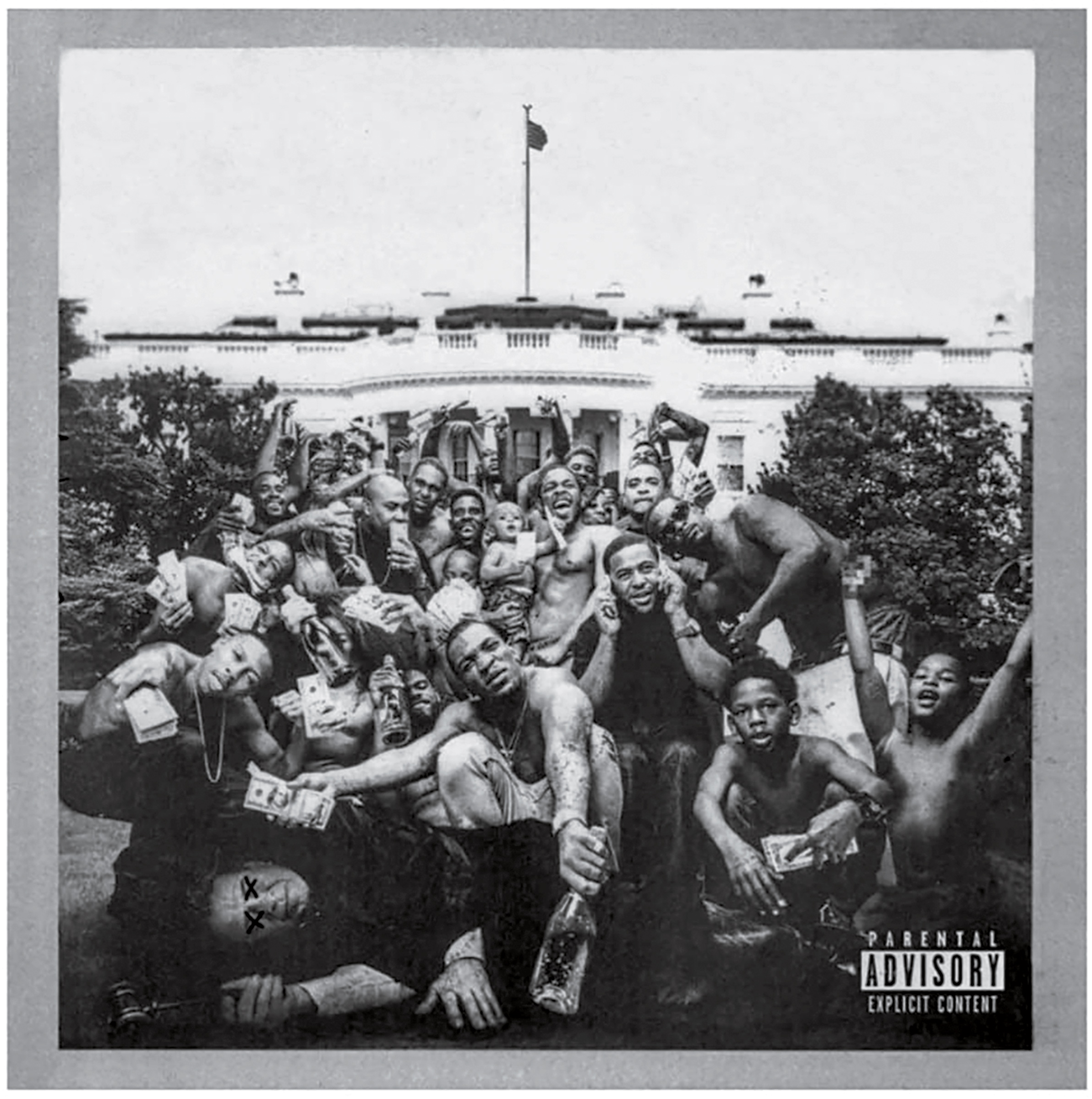
It might take decades for the world to fully digest all of the ways that Kendrick Lamar’s To Pimp a Butterfly has shaped culture. It opened up new cross-pollinations between hip-hop, jazz and R&B; it spurred interrogations about the corrosive nature of celebrity; and it elevated 21st century oral storytelling to dizzying new heights. To Pimp a Butterfly is an epic in every sense of the word. It sprawls across 80 minutes, building a deeply personal narrative about grappling with survivor’s guilt while racing through biblical allegory, musings about colorism and vivid im- agery of Compton swapmeets. Lamar stuffs so many words, cameos and musical tangents into the album, there’s something new to be discovered upon the first, 10th and 100th listen. But we won’t have to wait to understand the impact of at least one aspect of the album: the single “Alright.” Upon its release, the song was embraced as a rallying cry by Black Lives Matter protesters in marches across the country and the world. Since then, “We gon’ be alright” has been a defining phrase of the movement, signifying resistance to police brutality, solidarity with those fallen or simply a self-motivating mantra to make it through the day. This is the genius of Lamar: to communicate in ways both complex and simple, scathing and euphoric, folksy and avant-garde, memoiristic and universal. His ability to span and interrogate these dichotomies makes To Pimp a Butterfly one of the most vital American works ever created.
When They See Us, Ava DuVernay
Ava DuVernay dissected the racist American criminal justice system in her groundbreaking documentary 13th before making When They See Us, a Netflix miniseries that dramatizes one of the most egregious examples of that system’s failure. In 1989, a white woman jogging in Manhattan’s Central Park was brutally beaten and raped. Despite a glaring lack of evidence, five Black and Latino boys—some just 14 years old—were convicted of the crime and spent years behind bars before the real assailant confessed in 2001. Thanks in large part to a brilliant young cast led by Moonlight breakout Jharrel Jerome, DuVernay’s account did more than bear witness. It illuminated how systemic racism destroys families, how criminal records and bigoted media narratives—this one championed by a certain Donald Trump—can ruin lives. And it reminded us that, beyond the headlines, the figures tarred as the Central Park Five were really just children robbed of their innocence.
—
Writing by Judy Berman, Andrew R. Chow, Annabel Gutterman, Cady Lang and Stephanie Zacharek
More Must-Reads From TIME
- The 100 Most Influential People of 2024
- Coco Gauff Is Playing for Herself Now
- Scenes From Pro-Palestinian Encampments Across U.S. Universities
- 6 Compliments That Land Every Time
- If You're Dating Right Now , You're Brave: Column
- The AI That Could Heal a Divided Internet
- Fallout Is a Brilliant Model for the Future of Video Game Adaptations
- Want Weekly Recs on What to Watch, Read, and More? Sign Up for Worth Your Time
Contact us at letters@time.com